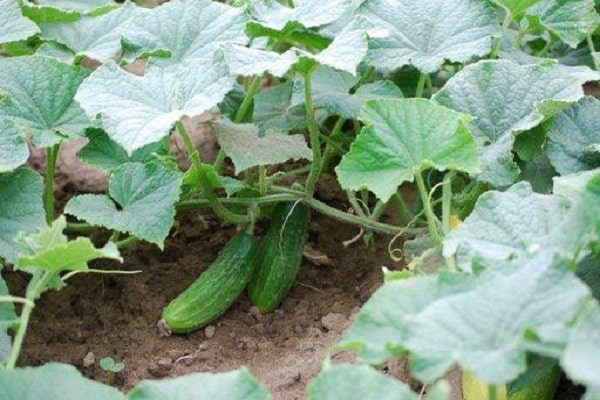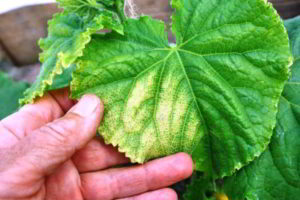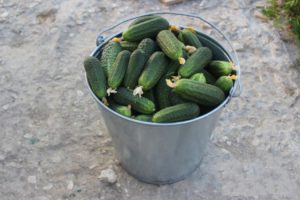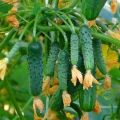Description of the Libella cucumber variety and cultivation
Cucumbers are one of the most popular and common vegetable crops in home gardens. The Libella F1 cucumber is a versatile variety that can be grown in any soil. The yield is stable and the cucumbers are very tasty.
Description of the Libella cucumber variety
Before buying the seeds of any vegetable you like, you need to study the description of the variety in detail. Libelle cucumbers are first generation hybrids. The variety itself was bred by breeders from Germany. In a short time, cucumbers have won the recognition and love of domestic gardeners and gardeners.
The hybrid belongs to long-leaved, parthenocarpic and mid-season varieties. Cucumbers grow in length from 12 to 15 cm. Peel with small tubercles. There are also small white thorns on the skin. The shape of vegetables is elongated, typical of most varieties of cucumbers.
On average, the weight of one mature fruit can vary from 100 to 140 grams. Cucumbers have a pleasant taste, no bitterness. The fruiting period begins 50 days after sowing seeds in the ground. The seeds inside the cucumbers are small, the flesh is juicy and crispy.
Ripe fruits are suitable for fresh consumption, they can also be added to salads and canned. The main characteristic is the ability to grow crops not only in open areas and in greenhouses, but also in an apartment on a balcony or loggia.
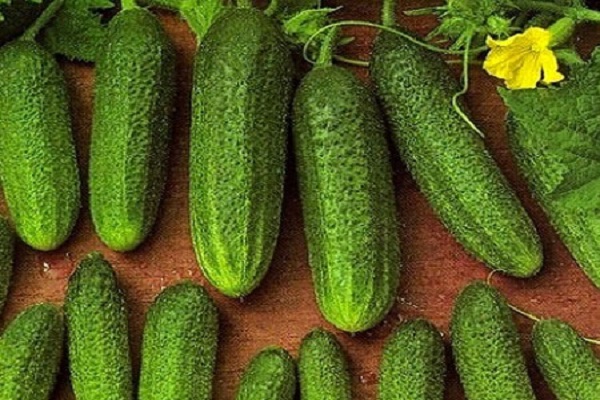
The main advantage of Libella cucumbers is their high resistance to diseases of vegetable crops such as powdery mildew and olive spot. Growing seedlings can take place in any kind of soil. Under ideal growing conditions, you can get a yield from one plant up to 10 kg.
The variety was entered into the state register of Russia in 1976. The Libella hybrid of cucumbers is intended for cultivation in open ground, as well as in greenhouses and greenhouse shelters.

Advantages and disadvantages of growing
Reviews of the Libella cucumber hybrid are only positive. Culture has a lot of advantages and practically no significant disadvantages.
Description of advantages:
- Stable harvest throughout the entire fruiting period of the bushes;
- The first crop can be harvested in early June;
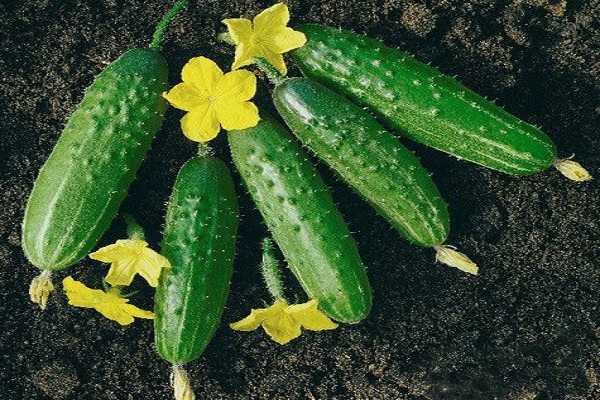
- Resistance to many diseases affecting vegetable crops;
- High taste of ripe fruits;
- Universal use for cooking;
- Remains crispy and tasty during salting;
- Vegetables are suitable for sale in markets;
- Long fruiting period;
- Vegetables are stored for a long time after harvesting from the garden;
- Cultivation is possible on any soil;
- One bush can produce up to 4 kg of ripe vegetables;
- Bushes can be grown on the balcony at home.
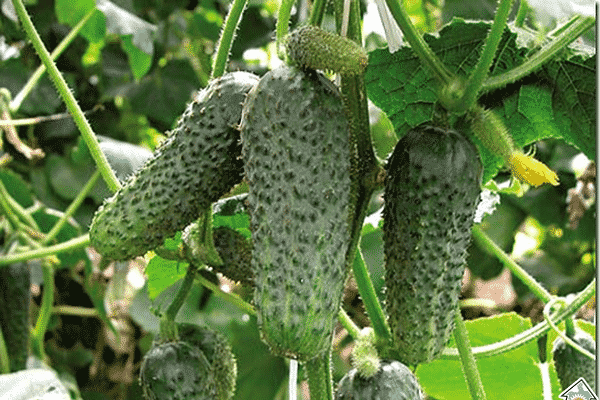
Description of disadvantages:
- Cucumbers quickly outgrow;
- Sometimes it can taste bitter;
- Light spots may be present on the peel, which negatively affects the appearance of the cucumbers.
How to grow seedlings and care for them
There is nothing difficult in planting cucumbers of this variety. In order to get a harvest of cucumbers already at the beginning of June, it is necessary to use the seedling method of planting vegetables. This will require peat cups and a substrate. You can dig up the soil right on your site (but before planting the planting material, it will need to be warmed up and disinfected), or you can buy a special mixture for vegetable crops.
The most favorable time for planting Libella cucumbers is the last days of April, or the first days of May.
Before planting in the soil, the planting material is sorted out. To do this, you need to prepare a saline solution. Take 1 tbsp. l. ordinary table salt and pour it with 1 glass of warm water. Dip the seeds into the solution. After a while, low-quality seeds will float to the surface. They can be thrown away, the rest can be planted.
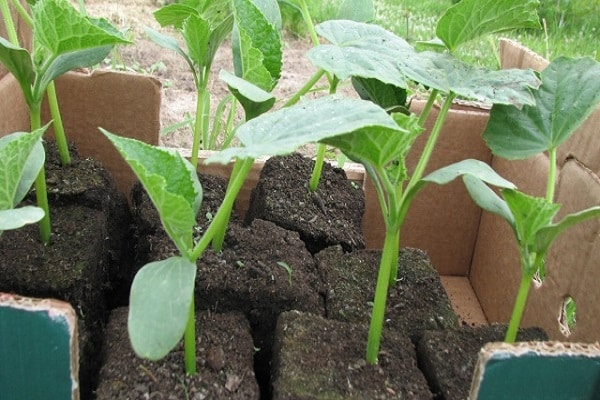
When the seedlings grow a little (the first full-fledged leaves are formed), it can be transplanted to a permanent place. Dig up the soil, mix it with manure and make small indentations for the bushes. The distance between the holes should be at least 30 cm. After planting the seedlings, they should be watered abundantly. At night, the beds are covered with a warm cloth.
You can transplant seedlings outside when the weather is very warm, and there are no severe frosts at night.
Reviews of the Libella cucumber
What are the reviews about the Libella cucumber variety?
Galina, 43 years old
“I have been growing this variety of cucumbers for several years. Productivity has always been excellent. The soil on our site is not very fertile, and when the first time I planted seedlings with my husband, we did not hope to get a good result. But the variety was still pleasantly surprised. Now we plant Libella cucumbers every year. "
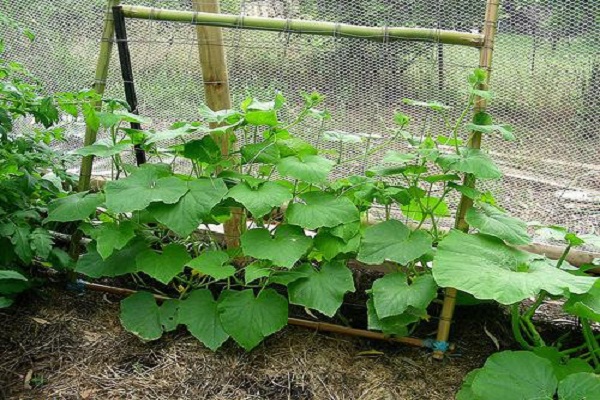
Anastasia, 38 years old
“When I listened to my friend for the first time and decided to buy seeds of this variety, at first I was disappointed. Of all the seeds in the bag, less than half emerged. At home, the seedlings did not look very attractive. After transplanting into the garden, everything changed. The cucumbers began to grow quickly and after a few weeks we tried the first vegetables from the garden. Now I will always plant the Libella variety. "
Matvey, 56 years old
“I didn't like the cucumbers. The manufacturer promises a good harvest all summer long. But among all the cucumbers that grew in my country house, this one turned out to be the most barren. Maybe the whole point is that the seeds were of poor quality. Cucumbers taste good, but you can find a better variety. I will not grow any more yet. "
